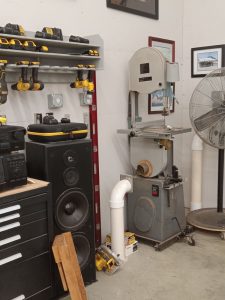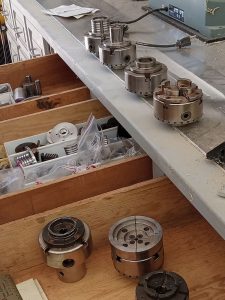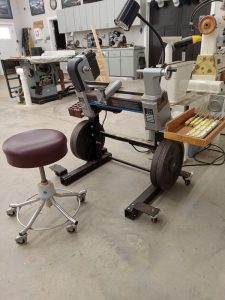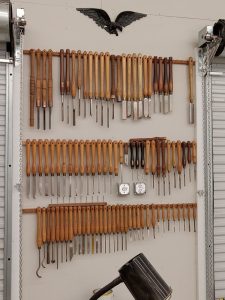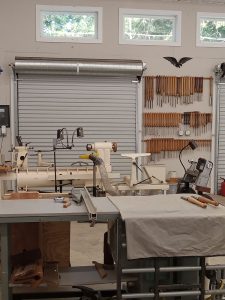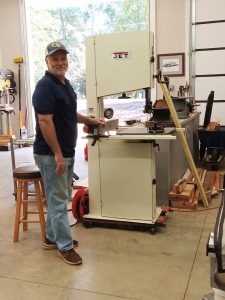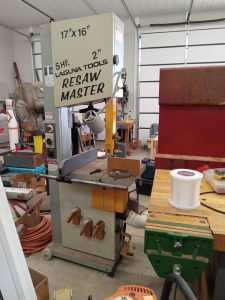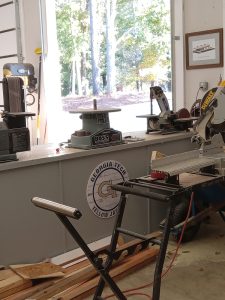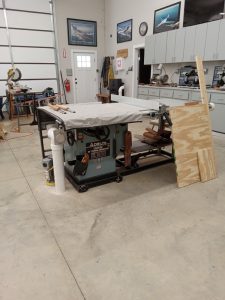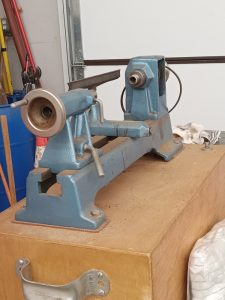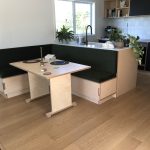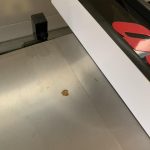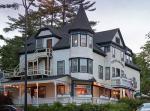Doug Gordy was introduced to woodturning by his father, Vernon, a master woodturner. Doug recalls going with his father to Highland Hardware (now Highland Woodworking) for the first time in 1985, when he was a teenager. It was a much anticipated and frequent destination as he grew up. When Doug moved away from Savannah, whenever they were visiting family in the Atlanta area, a trip to Highland Woodworking was mandatory. Vernon introduced his grandson, Parker, to woodworking when he was about 5 years old. Parker, a recent GA Tech graduate, has recently started woodturning. His dad, Doug, said Parker has to go to Highland and buy his own Oneway lathe now.
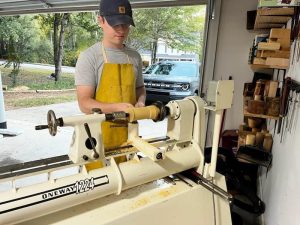
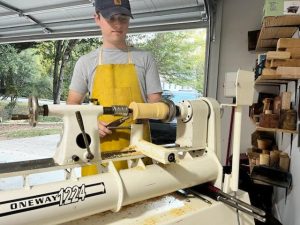
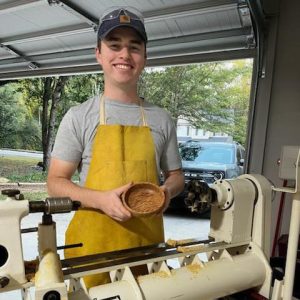
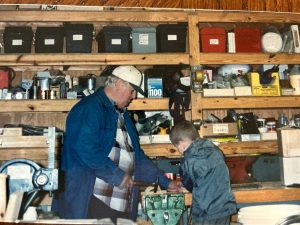
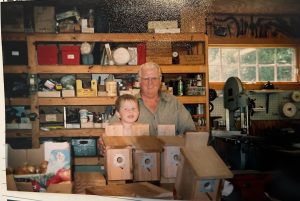
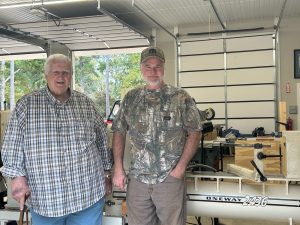
Doug & his wife, Sherri, raised their family in Savannah GA, where Doug had a successful career working for Gulfstream Aerospace. He loved the beautiful woodworking details in the planes and the exacting perfection of what they built. His way of unwinding after a day at work was to work on his lathe for 2 or 3 hours. He says you have to be completely focused to do woodturning, it made him put aside any stress from work & relax. Doug learned from his father & further developed his skills by taking classes and watching master turners. If he saw something new, he took it as a personal challenge to learn to how to do it. Next on his list is turning a lampshade. A bit of a renaissance man, his interests also extend to carpentry, welding, building cars (and planes, of course), and making his own tools.
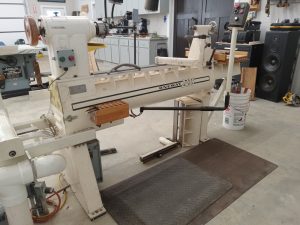
Doug turns pieces on commission, & now that he has retired & relocated to Milledgeville GA, he looks forward to having more time to devote to his art. Now 86, his father customized a lathe so he can continue to turn in their newly completed shop. Doug enjoys turning large pieces, letting the wood dictate the design. He is happy to work with domestic wood, and will go out with his chainsaw after a storm & help clear a fallen or damaged tree in exchange for some wood. He feels he is giving the tree a second life when he creates something with the wood he harvests. Sherri handles all the finishing, with Danish Oil or Teak Oil and various stains.
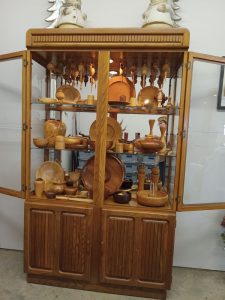
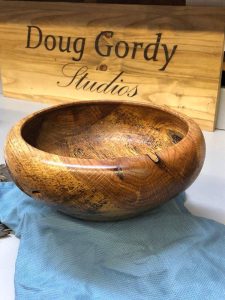
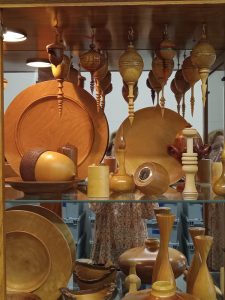
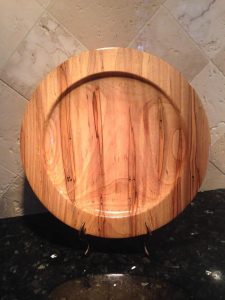
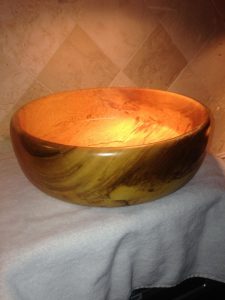
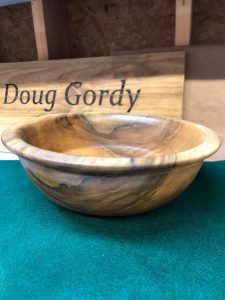
Doug is partial to Sorby Tools. He jokes he now has more tools than Highland Woodworking, and with the exception of the tools he has made, almost all of them came from Highland. Doug says the knowledgeable people at Highland, who have helped his father, then him & now his son over the years are an incredible resource. If there was something he wanted & on the rare occurrence that Highland didn’t have it, they would help him search for it & facilitate the acquisition. They love what they do & their customer service reflects that passion for woodworking.


